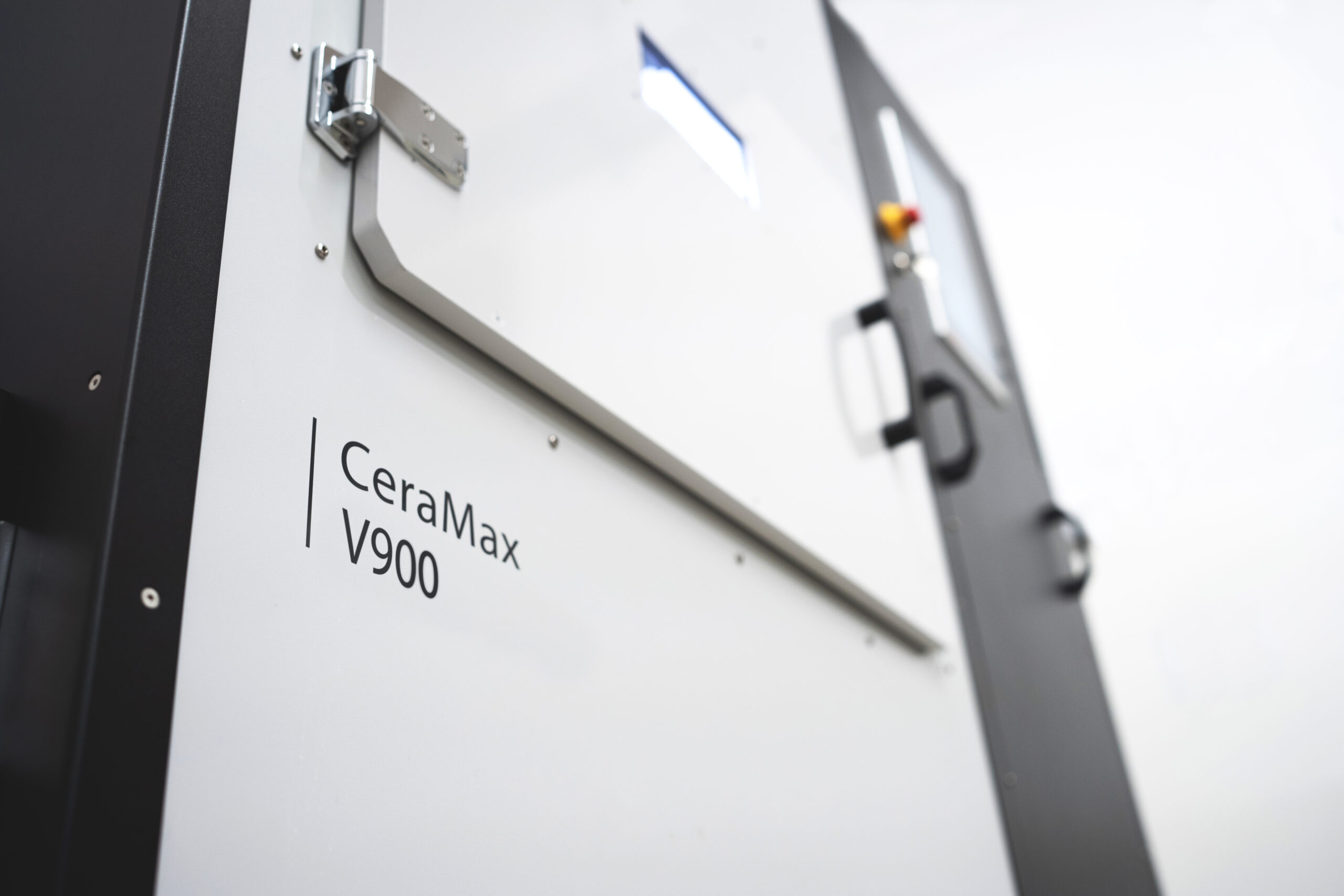In an exciting development in the world of material science and additive manufacturing (AM), Austrian ceramics 3D printing pioneer Lithoz and the U.S. Department of Energy’s (DOE) Oak Ridge National Laboratory (ORNL) have announced a collaboration. Their joint venture aims to advance the field of AM, focusing specifically on developing non-oxide ceramics that can withstand extreme temperatures. This partnership could usher in a new era in high-temperature material processing, with significant implications for various industries, including aerospace and defense, energy, mining, space exploration, oil and gas, and even advanced prosthetics and surgical tools in healthcare.
The pair are working together under a Cooperative Research and Development Agreement (CRADA), a strategic collaboration mechanism that allows federal laboratories and non-federal entities to work together on research and development projects. Under the CRADA framework, Lithoz and ORNL will leverage each other’s resources, such as personnel, expertise, equipment, and facilities, while protecting their interests and intellectual property. This partnership is poised to leverage Lithoz’s advanced 3D printing capabilities and ORNL’s extensive research expertise in high-temperature materials.
At the heart of this collaboration is Lithoz’s pioneering Laser-Induced Slipcasting (LIS) technology. This advanced 3D printing method involves laser slurry drying, using computer-controlled lasers to shape layers of liquid-suspended solids. This technology stands out for its ability to produce complex geometries and large-scale parts that are impossible through conventional molding techniques.
Lithoz’s LIS technology is particularly ideal for handling dark ceramics like silicon carbide and silicon nitride. These materials are essential in industries requiring components to endure ultra-high temperatures, such as aerospace applications. By enabling the printing of these materials, Lithoz’s technology opens up new possibilities in designing and manufacturing high-performance parts.
Industrial-scale production
A key goal of the collaboration is to scale up the production of ultra-high-temperature ceramic parts to an industrial level. This ambitious objective involves several stages, starting with the assessment of the technology’s capabilities using common oxide-ceramic materials. The process includes printing and debinding primary materials like silicon nitride and silicon carbide from the molded component. These substances are then formed into solid materials through sintering, a process that involves heating them to high temperatures.
“This project will build on ORNL’s years of research in developing and testing high-temperature materials and ceramics,” remarked Corson Cramer, Extreme Environment Materials Processing Group staff scientist at ORNL. “By combining our expertise with Lithoz 3D printing capabilities, we have the potential to change the concept of high-temperature ceramics processing for heat exchange, aerospace and defense applications.”
Implications
The ORNL research institute has a rich history of collaborations in the additive manufacturing arena, partnering with various industry leaders to enhance and innovate in this field, including working with Cincinnati Incorporated to develop a large-scale polymer additive manufacturing system, collaborating with GE Additive to focus on industrializing additive manufacturing, co-developing breakthrough technology with Orbital Composites for high-volume composites manufacturing, manufacturing nuclear reactor components in cooperation with Framatome and Tennessee Valley Authority (TVA), and developing advanced nuclear reactor components with BWX Technologies (BWXT). These alliances have contributed to advancing 3D printing technologies across multiple sectors, such as aerospace, mobility, energy, and nuclear power.
As with many of ORNL’s partnerships, this latest one with Lithoz represents a significant step forward in additive manufacturing. By focusing on non-oxide ceramics capable of withstanding extreme temperatures, this collaboration has the potential to create materials with unprecedented performance characteristics. Furthermore, these advancements could lead to more efficient and durable components in various high-stakes applications, pushing the boundaries of what’s possible in material science and engineering.
Subscribe to Our Email Newsletter
Stay up-to-date on all the latest news from the 3D printing industry and receive information and offers from third party vendors.
You May Also Like
Further Understanding of 3D Printing Design at ADDITIV Design World
ADDITIV is back once again! This time, the virtual platform for additive manufacturing will be holding the first-ever edition of ADDITIV Design World on May 23rd from 9:00 AM –...
3D Printer Maker EVO-tech Reborn as NEVO3D — Once More With Feeling
EVO-tech was a 3D printing service and original equipment manufacturer established in 2013 and based in Schörfling am Attersee, Austria. The company produced high-quality material extrusion systems featuring linear bearings,...
3D Systems Brings 3D Printed PEEK Cranial Implant to the U.S. with FDA Clearance
For more than 10 years, 3D Systems (NYSE:DDD) has worked hand-in-hand with surgeons to plan over 150,000 patient-specific cases, and develop more than two million instruments and implants from its...
CDFAM Returns to Berlin for Second Annual Symposium
The second CDFAM Computational Design Symposium is scheduled for May 7-8, 2024, in Berlin, and will convene leading experts in computational design across all scales. Building upon the first event...
































